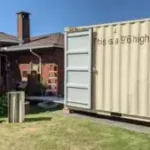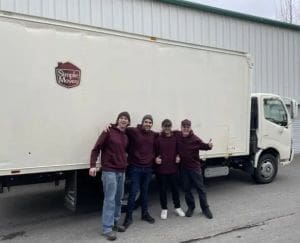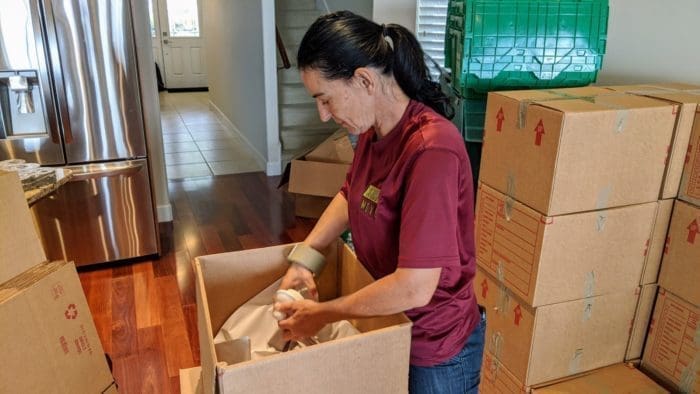You’ve raised your kids and put them on the path. You’ve closed the door on a career, and are looking for a new challenge. Or maybe you’re selling the family home and striking out on your own.
Whatever your reasons for moving, it’s a time of transition as you cruise into previously uncharted territory. But with a little planning and moving tips, you can make sure your move goes smoothly.
Here are some moving tips that help ensure you’ve ticked all the boxes.
1. Give Yourself Plenty of Time
Of course, there’s no way to completely predict what you’ll be feeling in 6 months, or 2 years, or even 2 weeks after retiring. Some retirees turn out to be fonder of home than they expected.
To the extreme, some find that the urge to move fades away. It may be due to a newfound appreciation for a beautiful home they previously took for granted. Or the ability to rediscover old hobbies in the comfort of their own living room.
Also, moving to another state or country after retiring is a big decision. The most important thing is finding a place where you will be happy, but for many people, that takes some time.
While there are no rules that apply to everyone, you owe it to yourself to have the time to make this crucial decision.
2. Keep an Open Mind About Retirement Locations
There is no golden rule for choosing a retirement location. It is vital to keep an open mind about where to live after you retire. Remember what was important to you both before you retired? How is this landscape different from where you are now? Does your town have amenities that may be important to you now, such as shopping or cultural opportunities? What sorts of support services does the community offer retirees?
Also, it’s important to consider the area’s tax structure, housing prices, moving costs, and healthcare facilities. It’s also good to research average temperatures and see how they differ from season to season.
3. Hold a Family Meeting to Get Everyone on the Same Page
Having a family meeting can help to avoid potential tensions that might stem from relocation conflicts. Bring the family together for a sit-down discussion where everyone feels comfortable and contributes their best ideas.
Meet with family members and talk through specifics of your retirement planning. Clearly decide who will take what, make a list of all items, then set a specific time to meet up again to sort and bag or box these items for donation and/or set out for trash day.
Keep everyone accountable, as it often happens that children leave things behind or take an interest in items they hadn’t previously shown any desire for. The sooner you tackle these issues, the less likely you’ll have big problems when you actually move.
4. Start Getting Rid of Stuff Early
Anyone who’s ever tried to downsize a house, especially closer to retirement, is aware that it can feel like an overwhelming task. Start small. Gather up a few boxes and tackle the clutter in your home one room at a time. One box can be for items that are fine to take to the new home. Another can be for items you want to give away or throw away, and another can be for items you’re planning on giving away to friends or family right away.
5. Create Memory Bins for Adult Children
A memory bin is a gift basket that includes personalized items that were special to the recipient when they were alive. Usually, you find photos, jewelry, mementos, or other memorabilia in the memory bins. Make memory bins for each family member with their childhood items to tidy your home when you move. You’ll not only be organizing the moving process, but you’ll also be connecting with the rest of the family and creating sweet memories.
6. Simplify Your Moves
It’s natural to want to do it yourself, but your move will go more smoothly with some help. That’s where we come in. Simple Moves has been helping clients relocate and transition easily. Let us do all the heavy lifting for you. It’s easy, just call us at 604-210-4117 or request a free quote anytime. We’d love to hear from you.




